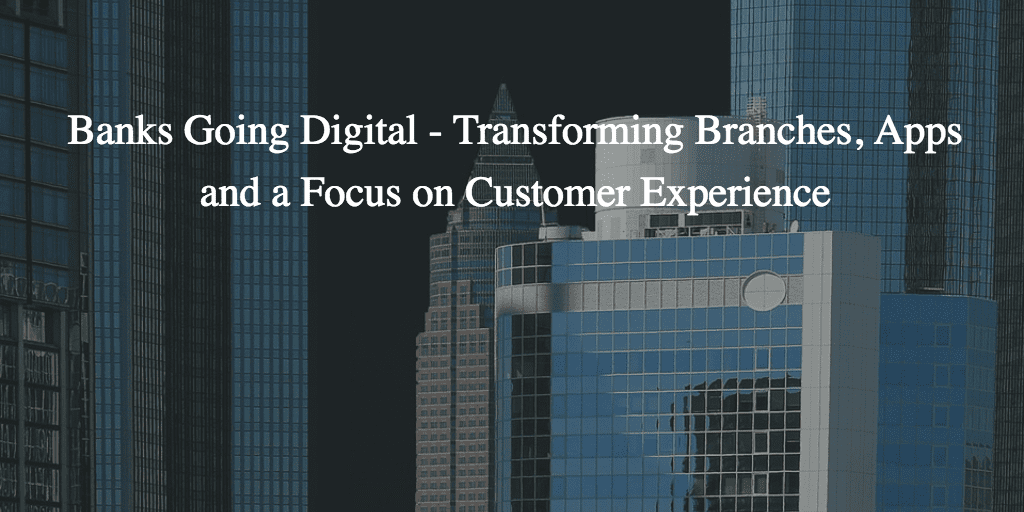Banks are starting to experiment with different customer service chatbots like Facebook Messenger and Twitter; with this move comes potential security risks and the question of risks for the customer; The Conversation points out that a research report by The Centre for Communications Interface Research (CCIR) shows that customers are willing to give up some security for convenience; chatbots will need to provide a sense of convenience and a sense of trust to ultimately be widely accepted by the broad consumer; additional research by the World Retail Banking Report shows that while consumers are accepting their banking life being digital they are still looking for face to face interaction with more complex problems; finding the right balance is the key as more banks move into fuller digital offerings. Source
U.S. Bank and Bank of Montreal are investing in digital technology to overhaul their websites, mobile apps, call centers and ATMs; the two companies shared their plans with American Banker; common themes from both companies include: 1) invest in what customers are dissatisfied with 2) make incremental enhancements 3) create a unified customer experience 4) establish an innovation team and 5) test emerging technologies. Source
Lloyds Bank is testing biometric authentication technology for its online banking customers; the development is centered around the use of Microsoft's Windows Hello which has fingerprint and facial recognition capabilities and can be used with Windows 10 devices. Source
A new report from Economist Intelligence Unit finds that banks are less fearful of fintech companies and that trends in the market are causing banks' interests to collide with fintechs for greater market partnerships and collaboration; the Economist Intelligence Unit report cites PSD2 as a leading factor for greater banking cooperation with fintechs; the report's Editor Renee Friedman says the research finds that "banks will increasingly have to adapt their culture and digital strategies to their customers' needs if they are to compete, not expect their customers to bend to theirs." Source
The UK Competition and Markets Authority (CMA) has released new rules for banking business lenders regarding APR transparency and pricing; the CMA has confirmed that P2P lenders will be exempt from its new banking rules; despite the exemption, it is likely that the new rules will cause more P2P lenders to provide greater APR transparency in order to maintain market competitiveness. Source

Retail banks have started to digitally enhance their customer experience but when it comes to small business lending they are still stuck in the past; according to a recent report by Bain and SAP only 7% of banks can offer a fully digital experience for credit products; research is starting to show that small businesses want a digital experience for capital and to manage their banking needs; banks can decide to build, partner or buy to ensure they stay competitive; partnerships have continued to form and understanding how best to utilize fintech for the long run will help banks and small businesses. Source
Forbes reports on new technology in the automotive sector; says internet of things connectivity will allow users to connect their bank accounts with their vehicles; Forbes talks with industry experts about the market's evolution. Source
Financial institutions reported decreased bank lending in China in March; according to a report from the People's Bank of China, financial institutions issued new loans of 1.02 trillion yuan ($148 billion) in March, a decrease from CNY1.17 trillion ($170 billion) in February; nonbank lending increased in March, with total social financing reported at CNY2.12 trillion ($308 billion), an increase from CNY1.15 trillion ($167 billion) in February. Source
Innovative banks and fintech companies are disrupting the traditional one-stop banking model; a 2016 report from Accenture says bank customers are purchasing low margin products but looking elsewhere for brokerage accounts, auto loans and home mortgages; in 2016 nonbank mortgage lenders reported a significant milestone with 51.4% of the market's loan issuance an increase from 9% in all of 2009; as the trend continues, banks will have to increasingly monitor customer activity and offer new products that match nonbank competition. Source


